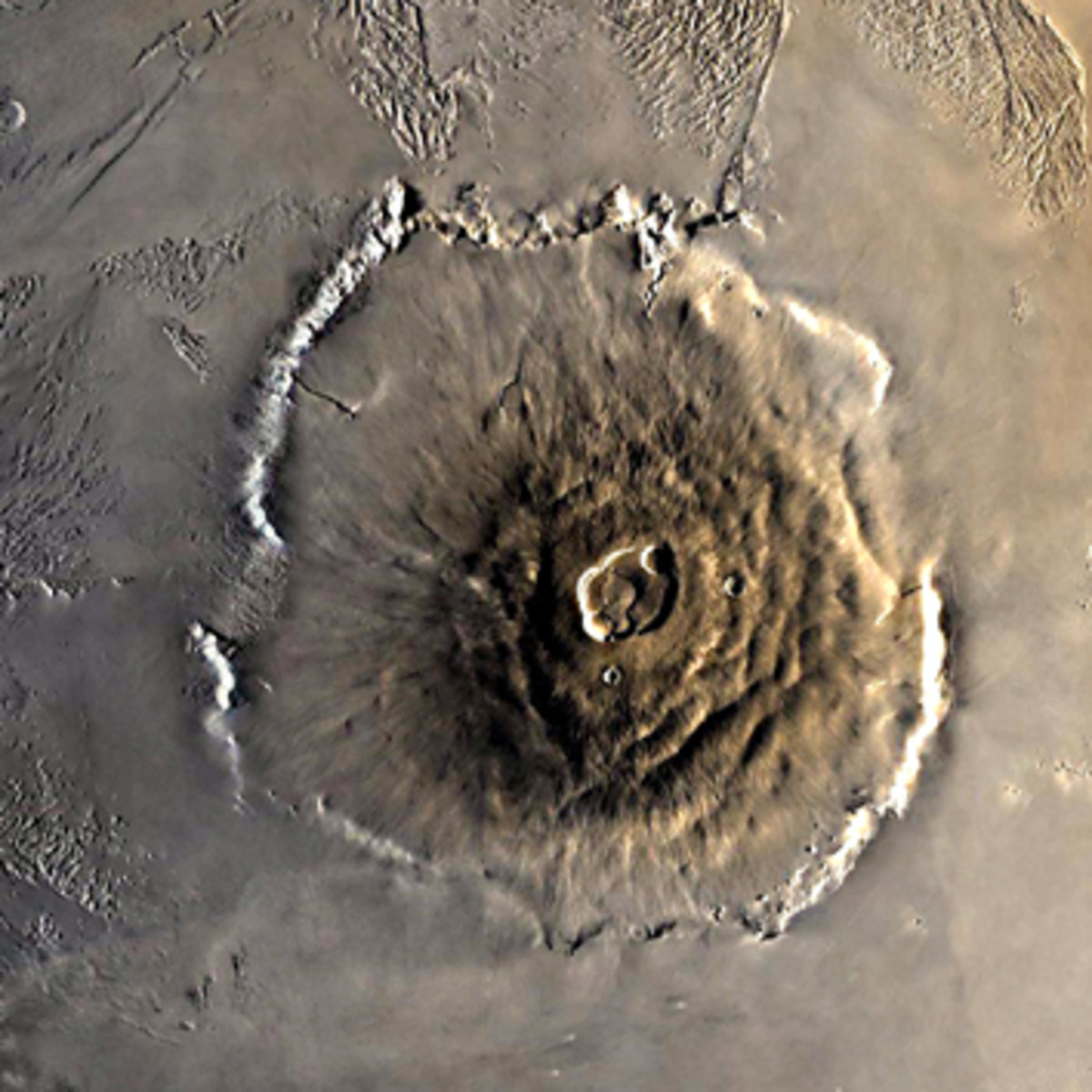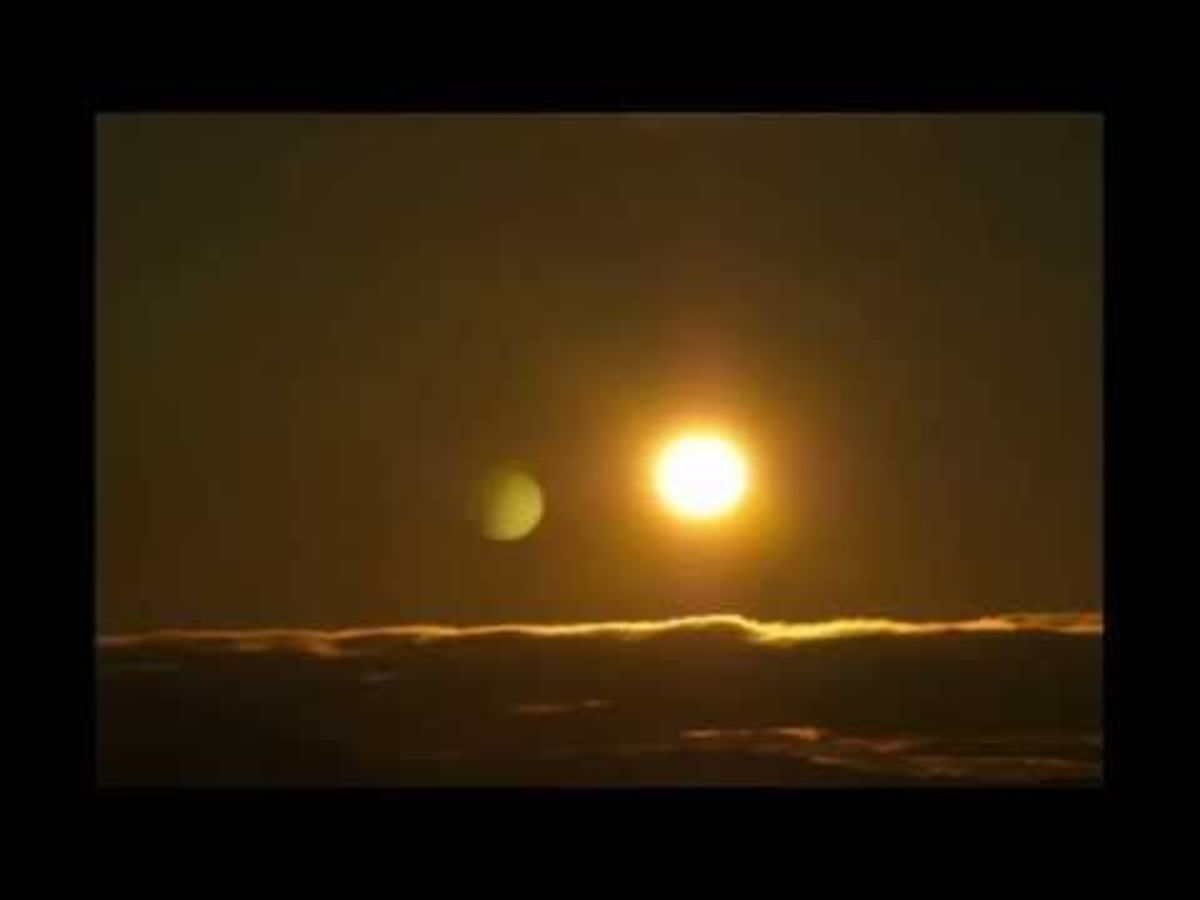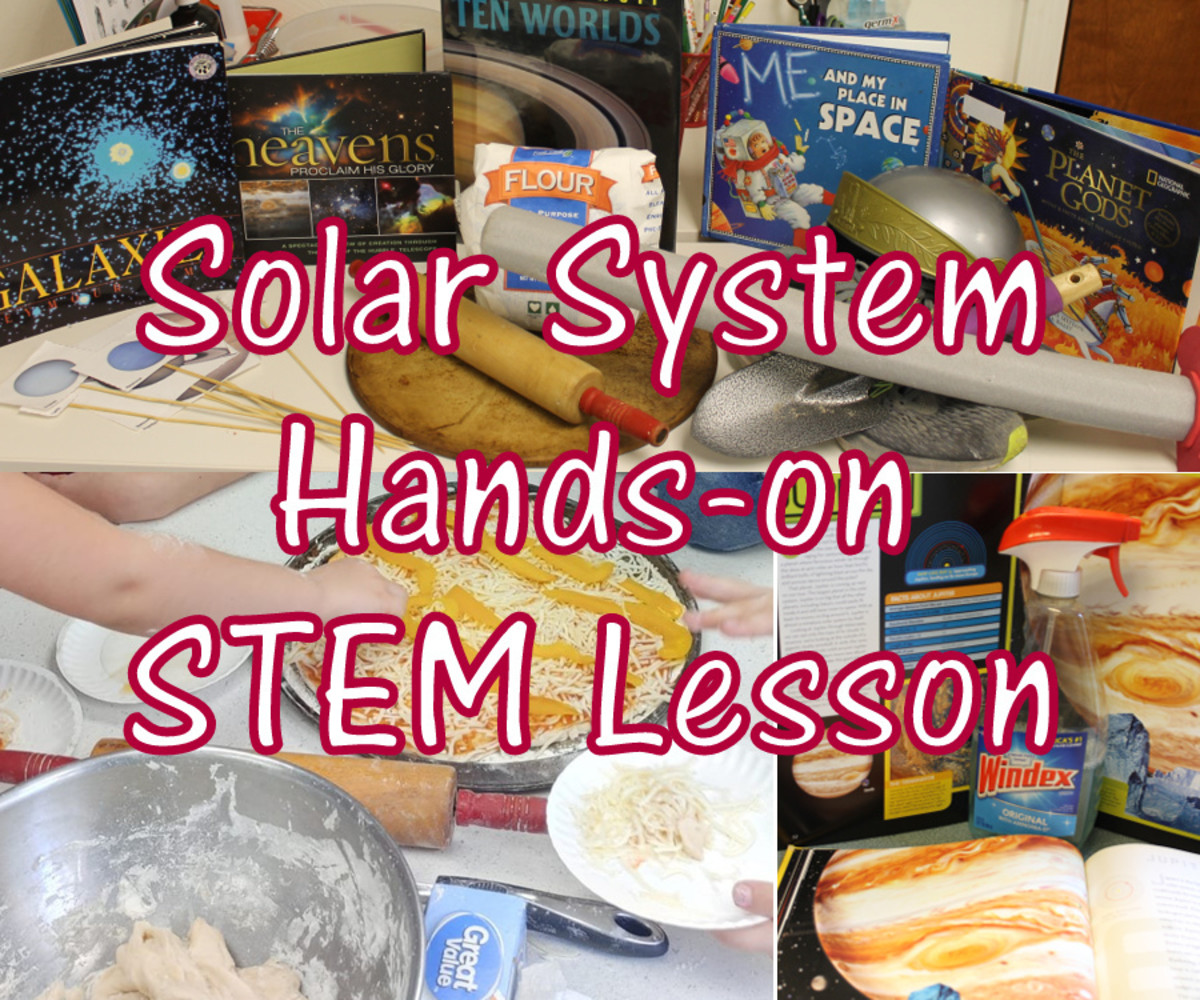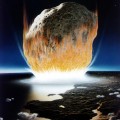Harmonics & Dissonance
Fatal resonance is a clue to planet formation
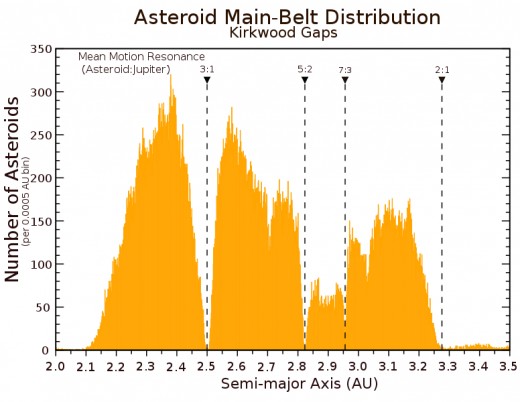
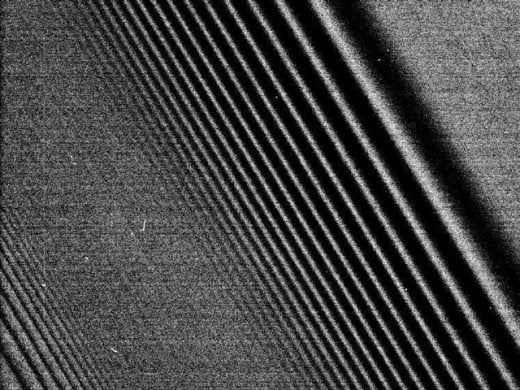
Resonance and Dissonance dictate the structure of planetary systems such as the solar system
Here we intend to explore the numerical relation between orbital periods. First we need to know how the mass of the stellar system is defined in the terms of the central star, the main orbiting body and the rest of "leftover" mass. One can describe the orbital period of the main orbiting planet as having an orbital period of just one unit of time that is conditioned by the masses of the star, the planet and the leftovers. For example, let's say that Jupiter's "year" of 11.86 Earth years represents exactly one unit of time for the system. Let's say that Jupiter's exact year is measured by the time it starts in zero degrees Aries until it once again arrives at the same point one unit later, which is 11.86 of our years. All other planetary orbits can be compared to that. Earth for instance, takes the 1/11.86th part to go from the start up point of zero degrees Aries to returning at that point in one complete orbit. Now that is close to being 1/12th of Jupiter's single orbit, but not exactly so. That is the important consideration here. Looking at a minor planet, Toutatis 4179, we find that its orbital period is so close to being just 1/3rd that of Jupiter's, that one could say that it's orbital period is in harmony to Jupiter's. Toutatis 4179 makes three orbits to just one of Jupiter's. That is to say that it takes 1/3rd of a unit of "Jupiter" time to complete its own discrete cycle for this orbiting body to line up with a particular defined star, like one in Aries. This is from the start of the unit cycle to the end of it, so that 2 conjunctions define the start limit and the end limit of the orbital period. In the case of our solar system, that main orbiting body is Jupiter by virtue of its great mass, out massing all the other planets, moons and asteroids combined. Jupiter's unit of one orbital cycle measures 11.86 years in Earth time.
But the idea here is the relationship of all other orbital periods to Jupiter's particular period or the orbital period of the greatest orbiting body in a stellar system in general. A study of the 2 million known asteroids of 500 meters or larger in the main belt between Mars and Jupiter show that they are laid out in a discrete pattern. Anything that would orbit in a discrete orbital period ratio, resonance or harmony to Jupiter is "missing" with the important exception of the Hilda group, which will be discussed later. Regions that are in orbital period harmony or resonance of 5:7, 1:2, 1:3, 1:4, 2:7, 1:6th and so forth are almost completely devoid of objects as defined by their orbital periods in relation to Jupiter's. Instead, asteroids tend to group between regions where orbits would be in some form of exact discrete resonance or harmony with Jupiter's orbital period. The reason of that clearance is due to the harmonic conjunctions between a planet like Jupiter and an asteroid that stretches the orbit of the minor planet toward a fixed location in the sky and closer to the larger attracting planet. Eventually, the minor planet, like Totatis 4179 is ripped entirely out of its orbit at one fateful conjunction between it and Jupiter, and it is sent on a chaotic journey to wind up somewhere else and with a completely different orbital period. The asteroids tend to group in orbit periods that are not in resonance with Jupiter (or to any other solar system planet as far as that goes). There are a couple of exceptions. The Hilda group has orbital periods close to the 3:2 ratio to Jupiter. The Trojans are in a near discrete 1:1 relation with Jupiter's orbital period.
There are a couple of reasons why asteroids may orbit near the 3:2 resonance. They may be in highly inclined orbits. They may be phase locking to Jupiter towards complete resonance and thus will become a possible threat in the future. They may be in dissonant zones of other planets. The Trojans are known to have highly inclined orbits in many cases, and also are in orbit around the L4 and L5 points in Jupiter's orbital path.
So then, resonant orbit periods can be defined as all those in an M to N relation where N represents the orbital period of the main orbiting planet and M the exact discrete numerical relation to that orbit. That relation must be one where the mathematical relationship of both orbital periods does not produce an irrational or transcendental number, i.e., a number that has a continuous non-repeating set of numbers after the decimal. In case of an irrational or transcendental relationship, we have a perpetually dissonant and "safe" orbital period relationship between two or more orbiting bodies. If the relationship instead produces a whole number or a rational fraction between the orbital periods, then it is in resonance, which is ultimately fatal to the smaller body.
The result of such a calculation taken to extreme is a fractal set of orbital periods mapping for the entire stellar system. Our own solar system has discrete bands of asteroids orbiting between each successive pairs of planets from Mercury out to the Kuiper belt, not just between Mars and Jupiter! Most of these have yet to be discovered, but research is finding some objects orbiting close to Earth in a discrete but dissonant belt. Some of these are in strange orbits, such as one in nearly 1:! resonance with earth in a horse shoe shaped orbit of 400 years duration. Others are being found between Uranus and Neptune. In fact, the whole solar system is a larger expression of the same type of orbital dynamics as what is seen in Saturn's rings. If we could view the solar system from a distance, it might well appear like the structure we see around Beta Pictorus.

